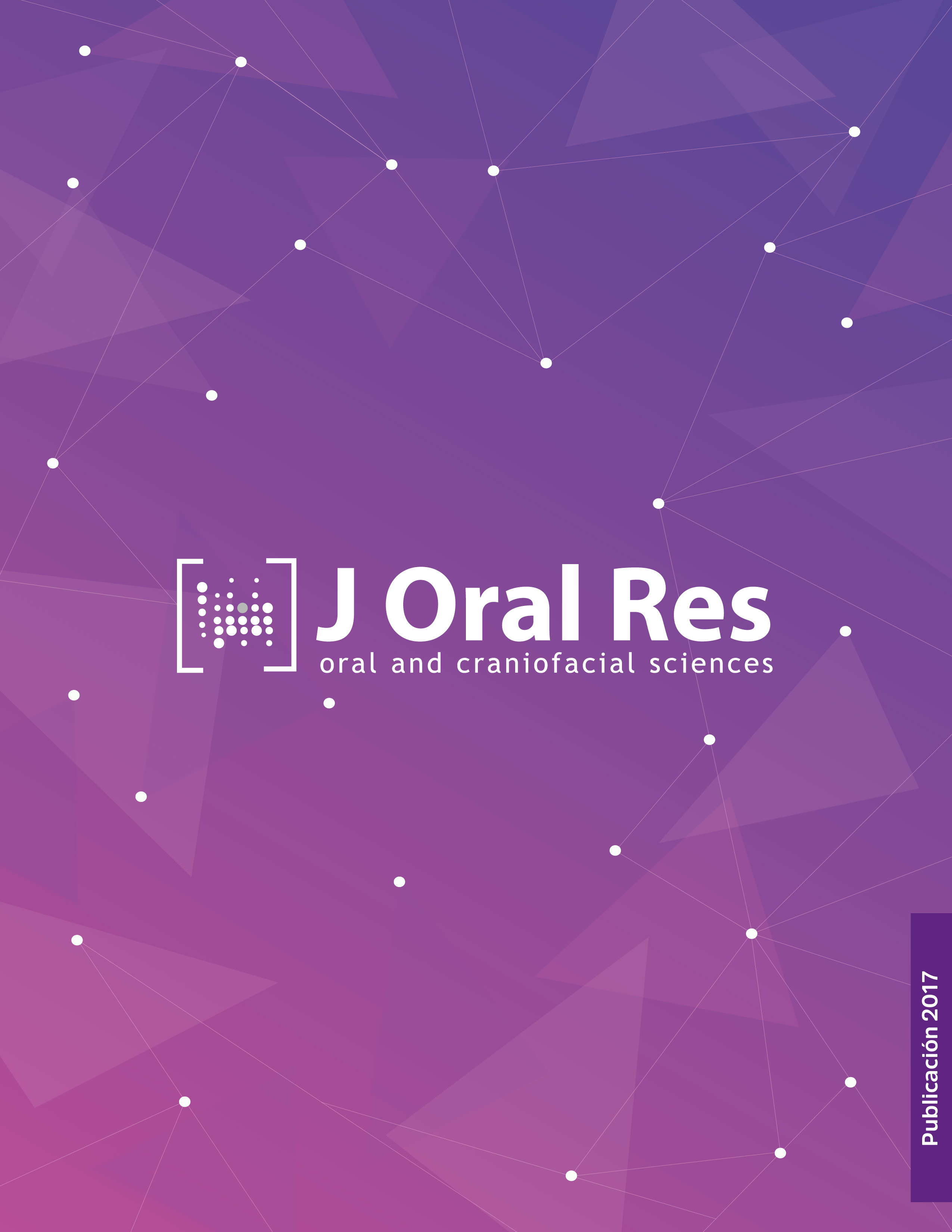Risk factors for periodontal diseases among Yemeni type II diabetic patients. A case-control study
DOI:
https://doi.org/10.17126/%25xPalabras clave:
Periodontal disease, diabetes mellitus type 2, smoking, Catha, YemenResumen
Chronic periodontal diseases are one of diabetes mellitus complications. The present study aims to compare the periodontal status of type II diabetic patients to a control group and assess the role of
risk factors in both groups. Materials and methods: A case-control study was conducted of 270 individuals (132 type II diabetics and 138 nondiabetics). Full mouth periodontal examination including plaque index, gingival bleeding, gingival recession, clinical attachment loss (CAL), tooth mobility, furcation involvement and the number of missing teeth. The case group was subdivided according to glycosylated hemoglobin (HbA1c) status (poorly controlled HbA1c >8 and well controlled HbA1c?8) Likewise, the duration of diabetes mellitus as short or long duration (DM?10 or >10). The diabetic group was also subdivided according to smoking and Khat chewing habits. Result: The severity of periodontal disease among type II diabetic patients were significantly higher compared to the control group regarding the plaque index 2.6 (1.6-4.3), bleeding on probing 3.5 (2.3-13.0), gingival recession 2.0 (1.2-3.4), furcation involvement 4.0 (2.3-6.7), clinical attachment loss 5.7 (3.1-10.5), tooth mobility 2.0 (1.2-3.4), and number of missing teeth 4.4 (2.3-8.5). In addition, poorly controlled type II DM and long duration had higher CAL and number of missing teeth than well-controlled DM and short duration. No significant differences were found between smokers/nonsmokers and Khat chewers/non-chewers
among the diabetic group.
Descargas
Publicado
Número
Sección
Este es una Revista de acceso abierto distribuido bajo los términos de Creative Commons Attribution License (CC BY 4.0). Se permite el uso, distribución o reproducción en otros foros, siempre que se acredite al autor o autores originales y a los propietarios de los derechos de autor y se cite la publicación original en esta revista, de acuerdo con la práctica académica aceptada. No se permite ningún uso, distribución o reproducción que no cumpla con estos términos. © 2023.










